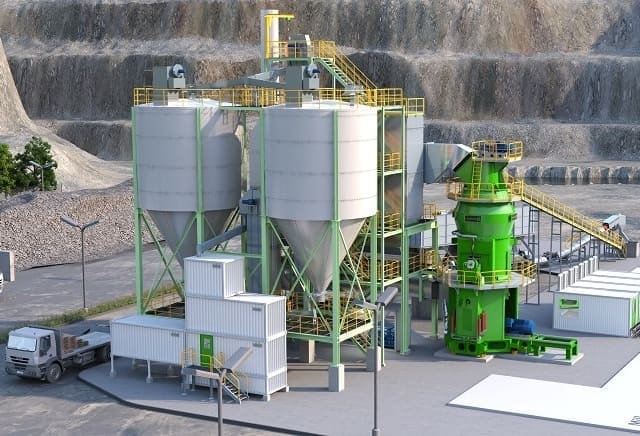Grinding Mill
- Home
- Our Products
- Mining Parts
- Grinding Mill

Description
Grinding mills are crucial industrial machines used to grind and process various materials into finer particles or powders for a range of applications. These mills come in several types, including ball mills, rod mills, and vertical mills, each designed to handle different materials and achieve specific particle sizes. Ball mills use steel balls to grind materials in a rotating cylinder, making them suitable for producing fine powders and handling a wide range of materials. Rod mills operate similarly but use long rods instead of balls, and are often used for coarser grinding applications. Vertical mills, on the other hand, utilize a rotating disc and stationary grinding rollers to process materials, offering advantages in terms of energy efficiency and reduced noise. Modern grinding mills are equipped with advanced technology such as automated controls, precision monitoring systems, and energy-efficient drives to enhance performance and reliability. Proper maintenance is essential for optimizing the efficiency and lifespan of grinding mills, including regular checks and replacements of wear parts, lubrication of moving components, and monitoring for alignment and operational issues. By providing precise and efficient material reduction, grinding mills play a critical role in various industries, including mining, cement, and chemical processing.
Industry Used
FAQ
A grinding mill is used to crush, grind, or pulverize materials into smaller particles or powders. It is commonly used in industries such as mining, construction, and manufacturing to process materials like minerals, ores, grains, and chemicals.
Common types of grinding mills include ball mills, roller mills, hammer mills, and vertical mills. Each type is designed for specific applications and materials, offering different grinding mechanisms and efficiencies.
Consider factors such as the material to be processed, desired particle size, production capacity, and operating environment. Our team can help you select the most suitable grinding mill based on your specific needs.
Key components typically include the grinding chamber, grinding media (e.g., balls or rollers), the drive system, and the classifier or separator. Each component plays a role in the grinding process and affects the mill's performance.
Regular maintenance includes checking and replacing worn parts, inspecting and lubricating bearings, and cleaning the grinding chamber. Follow the manufacturer’s maintenance schedule and guidelines to ensure optimal performance.
If performance issues arise, check for common problems such as incorrect settings, worn components, or blockages. Consult the mill’s manual for troubleshooting tips and contact our service team for further assistance if needed.
Yes, grinding mills can be customized to meet specific requirements such as unique sizes, materials, or grinding capacities. Contact us to discuss your needs and explore custom solutions.
Ensure that the mill is equipped with safety features such as guards, emergency stop buttons, and proper ventilation. Operators should be trained in safe operating procedures and follow all safety guidelines to prevent accidents.
The choice of grinding media (e.g., steel balls, ceramic beads) affects the efficiency and quality of the grinding process. Factors such as media size, material, and density should be selected based on the material being processed and the desired particle size.
Grinding mills are used in a variety of applications including mineral processing, cement production, chemical manufacturing, and food processing. They are essential for reducing material size and achieving the desired consistency in various industries.

